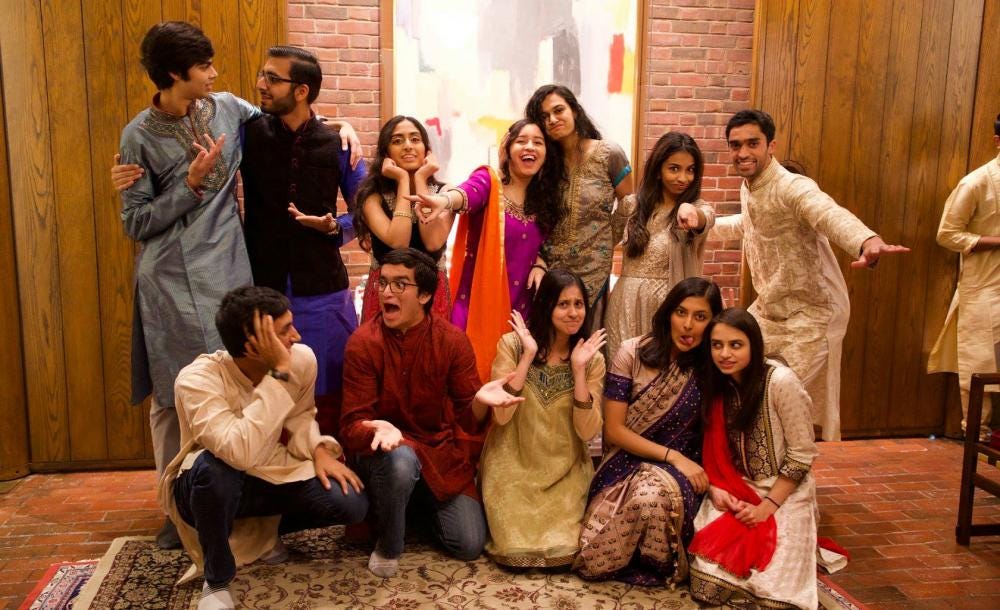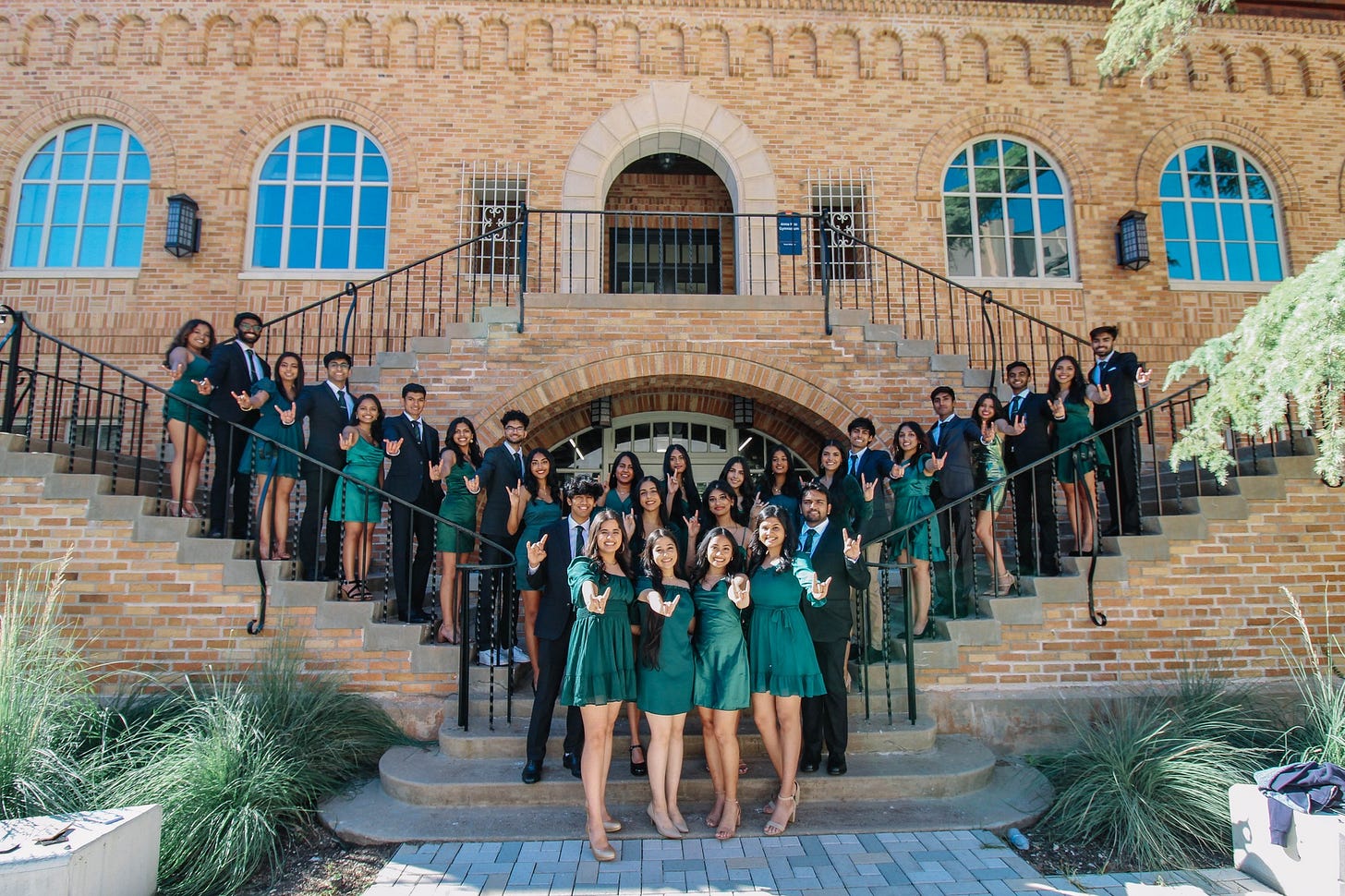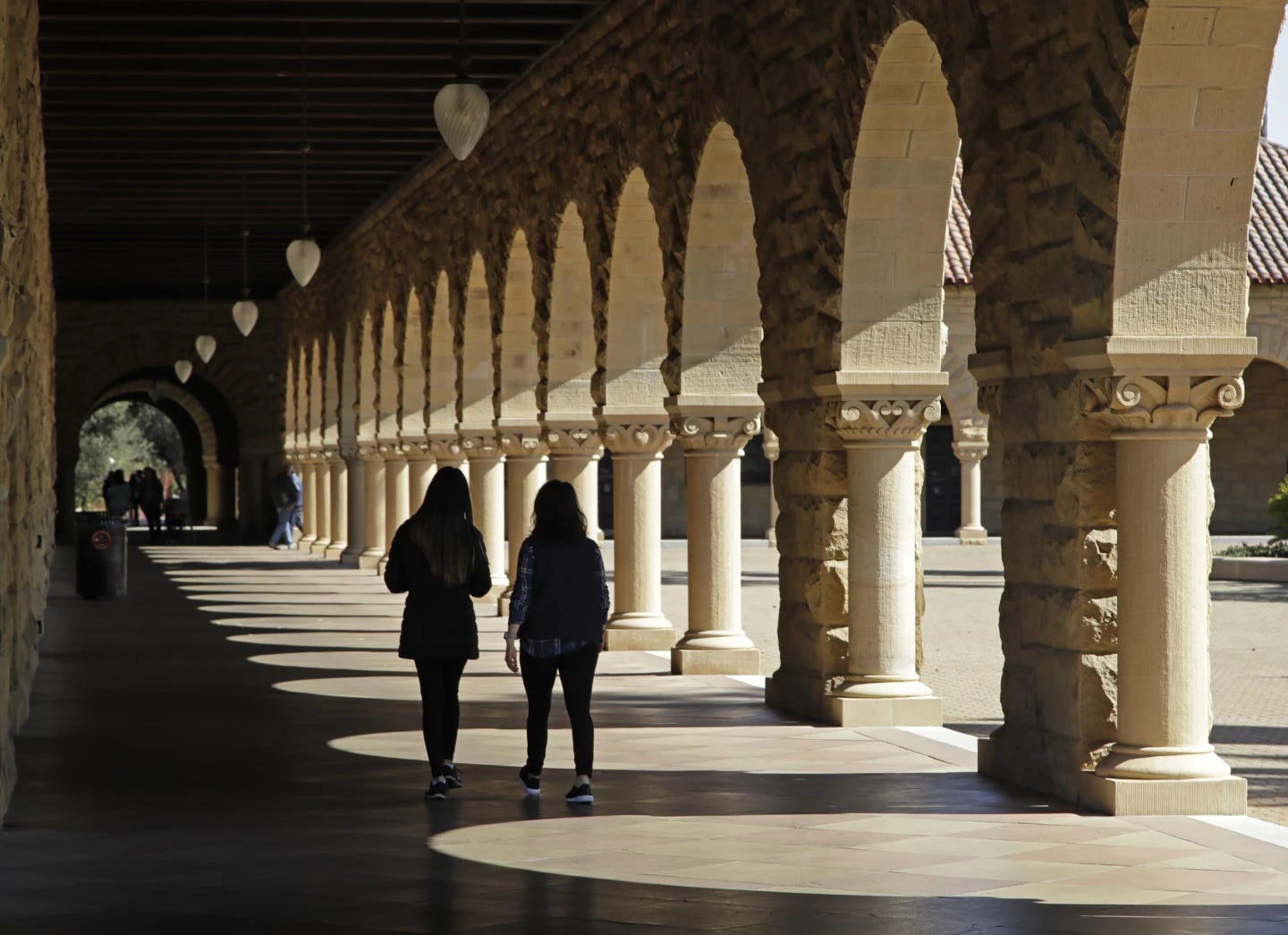Blue-Eyed Kids of US Admission Offices: The Rising Tide of Students from India
Post-Pandemic Surge of Indian Students in American Universities; may Overtake China Next Year.
The Dynamic Growth of Indian Students in American Higher Education
Introduction
The recent surge in U.S. higher education has seen a notable increase in international student enrollments, especially from India, almost reaching the pre-pandemic figures. This trend underscores the broad appeal of the American educational system to a global student body. Importantly, it dispels concerns prevalent among Admissions Offices in American universities that the post-pandemic era might witness a decline in overseas student travel or a shift towards low-cost, distance education options.
The latter options are increasingly available from both U.S. and European universities and are particularly attractive to highly qualified professionals whose employers may be hesitant to approve extended sabbaticals. The current trend reassures that traditional, campus-based education remains a preferred choice, despite the growing accessibility of remote learning alternatives.
The Indian Upswing
Substantial Increase in Enrollment
The “Open Doors” report for the academic year 2022-23 highlights a significant 12 percent increase in international student enrollment in the U.S., with Indian students playing a substantial role in this upswing. The count of Indian students soared to an unparalleled high of 268,923, a remarkable 35 percent jump from the previous year, marking the most substantial growth witnessed since the late 1970s. While this sharp percentage increase is set against the relatively lower base of the preceding year, particularly when compared to pre-Covid era peaks, the shift in trend is notably significant, indicating a strong resurgence in international education interest.
Advanced Degree Pursuits
A significant portion of these Indian students are pursuing master's degrees and other advanced degrees, with a marked preference for states such as Texas, New York, California, Massachusetts, and Illinois. Prestigious institutions like the University of Texas at Austin and the University of Maryland at College Park report a substantial presence of Indian students, primarily in their postgraduate programs. For many, particularly those in STEM fields, pursuing higher education in the USA is viewed as a pathway to migration.
This journey often begins with obtaining OPT (Optional Practical Training), initially granted for 12 months and extendable by up to an additional 24 months for those in STEM fields. This provision enables scholars on an F1 Student Visa, having completed at least one academic year in the USA, to remain in the country while they are employed or in the process of job hunting. Subsequently, many pursue visa sponsorships from U.S. employers, adhering to prevailing policies. Furthermore, the substantial Indian diaspora in the USA offers a supportive familial and cultural network. For some students, if long-term residency isn't achievable through employment avenues, the option of the matrimonial route can serve as an alternative to prolong their stay in the USA.

Global Impact
Recovery Post-Pandemic
This increase in international student enrollments signals a rebound from the disruptions brought on by the COVID-19 pandemic. After a marked decline in the 2019-20 academic year, the numbers have resiliently recovered, highlighting the lasting appeal of U.S. academic institutions. This resurgence also underscores the enduring attraction of traditional, brick-and-mortar educational environments, which play a crucial role in fostering student and alumni networks. Such networks are particularly invaluable in the American context, offering social, professional, and cultural connections that are essential for success and integration in the U.S.
Economic Contributions
International students, notably those from India, significantly contribute to the U.S. economy, injecting an estimated $38 billion annually, primarily through tuition fees. Their involvement not only augments the economic landscape but also elevates the international reputation of U.S. universities and colleges. Furthermore, many Indian students, often with world-class education from prestigious institutions like the IITs and IIMs, are highly sought after by Silicon Valley tech giants, Wall Street investment bankers, and private equity firms. They add substantial value to the U.S. economy, not just in monetary terms but also as ideal employees, thanks to their proficiency in English and high-level skills. Their contribution goes beyond mere numbers, enriching the American workforce with diverse talents and perspectives.
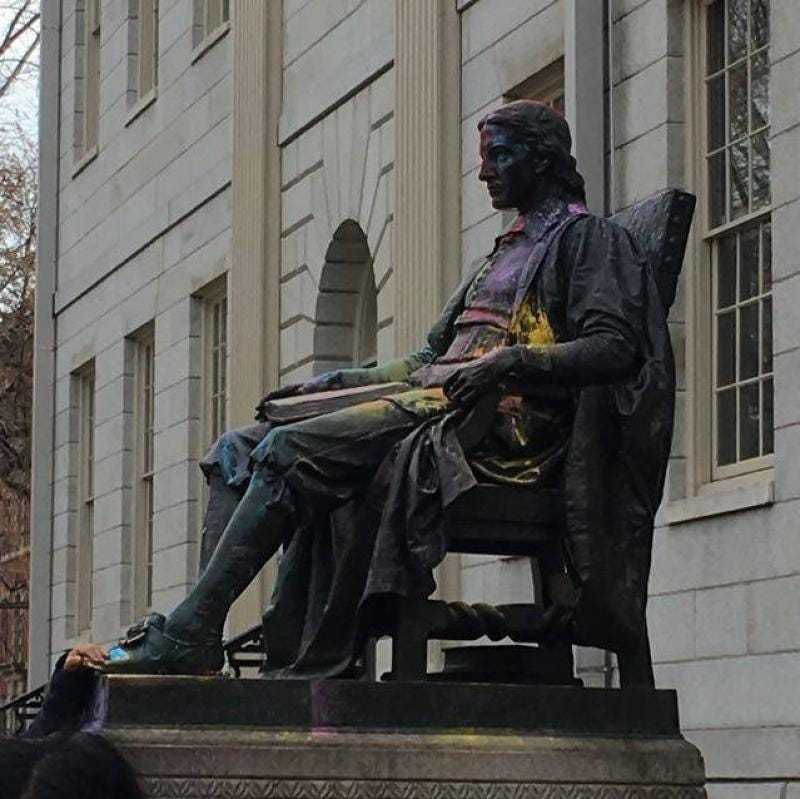
Contributions from Other Regions
Rising Numbers in Neighboring Countries
Countries neighboring India, such as Nepal, Bangladesh, and Pakistan, have also seen substantial growth in their student populations in the U.S., adding to the diversity of the international student body.
Growth from Africa and Asia: China vs. India Trend
The increase in student numbers from sub-Saharan Africa and Asia reflects a significant shift in the demographics of international students, illustrating the diverse socio-economic factors shaping global education trends. Prior to the COVID-19 pandemic, China consistently led in the number of students it sent to U.S. universities and colleges, surpassing India. However, post-pandemic, this trend has dramatically reversed, with Chinese enrollments declining sharply while Indian admissions have surged, almost exponentially. As indicated in the graphic, the gap between the two countries has substantially narrowed. If this trend persists, it is highly probable that India will surpass China in terms of student enrollments in U.S. institutions by the end of the 2023-24 academic year, marking a notable shift in the landscape of international education. Currently, the two Asian powerhouses collectively represent over 52% of the international student population enrolled in various U.S. colleges this Fall.
Academic and Cultural Enrichment
The growing presence of Indian students in the U.S. is significantly enhancing the academic and cultural fabric of university campuses. Renowned for their proficiency in STEM fields and their impressive performances in exams like the SAT, GMAT, and TOEFL, these students not only gain access to premier education but also elevate the learning experience for their American peers. This trend is a testament to the increasingly diverse and high-caliber academic environment in U.S. institutions, benefiting both international and domestic students alike.
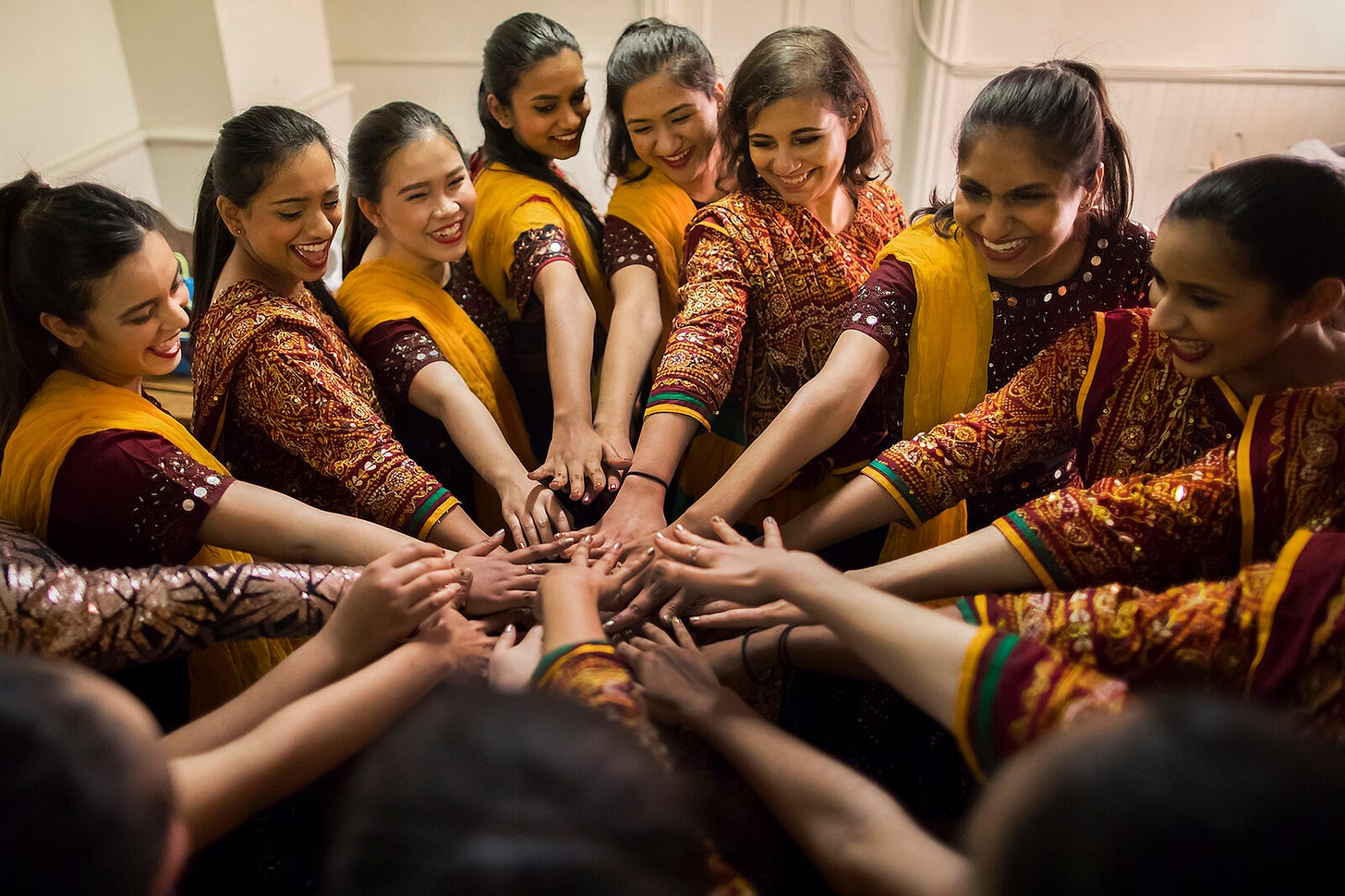
Strengthening Ties and Facing Challenges
The surge of Indian students in the U.S. reflects and reinforces the strong educational and diplomatic bonds between India and the United States. This influx fosters cultural exchange and understanding, with the U.S. showing a welcoming attitude towards international students, appreciating their contributions to both academia and the economy. However, this positive trend also brings to light several challenges, including the need for improved support services for international students, streamlined visa policies, and the creation of inclusive campus environments. Looking forward, the continued growth in international student enrollments, especially from India and South Asian countries, promises to bolster global research collaborations and strengthen international alumni networks, deepening educational and diplomatic relations.
Beyond Diversity: The Multifaceted Impact of International Students in the U.S.
International students, constituting just 5.6% of the total college population in the 2022-23 academic year, play a disproportionately significant role in U.S. higher education. University leaders emphasize their critical contribution to global exchange and cultural diversity. Additionally, they are vital for financial sustainability, as these students often pay higher tuition fees, indirectly subsidizing education for domestic U.S. students. This financial aspect becomes increasingly crucial as many U.S. colleges face challenges in attracting local students.
According to the National Student Clearinghouse, overall enrollment has remained stagnant post-pandemic, with a noticeable 3.6% drop in freshman enrollment in fall 2023. Furthermore, while U.S. educational institutions operate independently of government influence and are not platforms for federal propaganda, the exposure international students receive to "American values" and traditions subtly extends U.S. influence abroad, adding another dimension to their presence on U.S. campuses.
Concluding Thoughts
In summary, the notable increase in Indian students attending U.S. colleges and universities represents a significant milestone in international education. This trend not only highlights the quality of U.S. higher education but also underscores the economic and cultural contributions of international students, strengthening ties between the U.S. and nations like India. As this trend evolves, it is set to play a pivotal role in shaping global education and international relations.
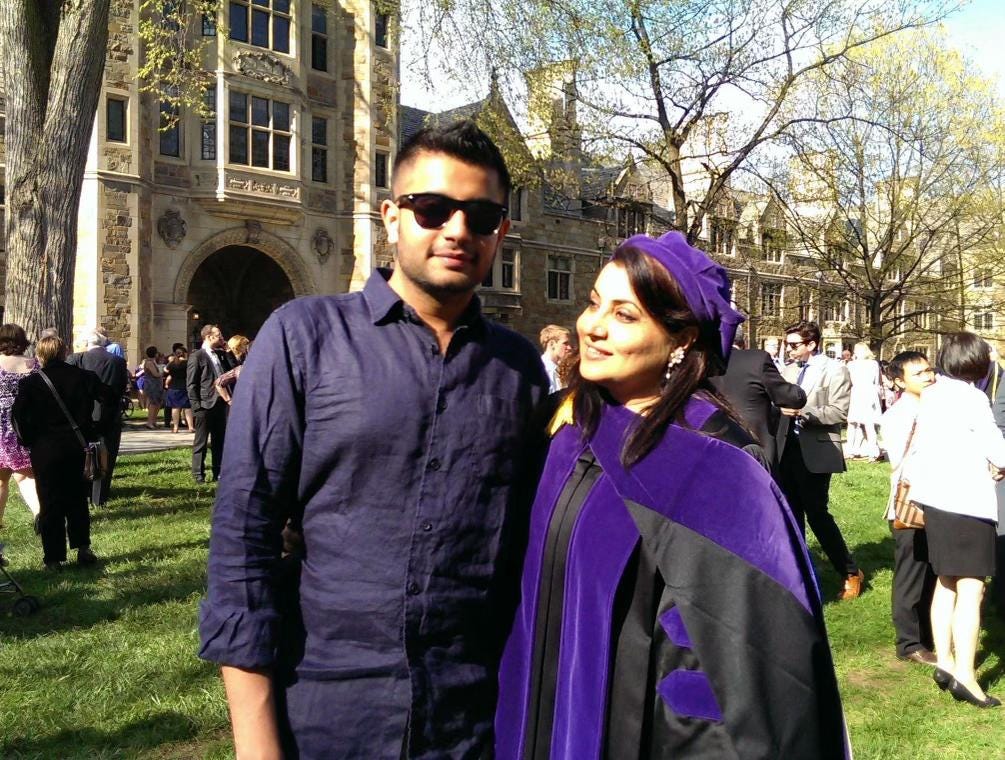
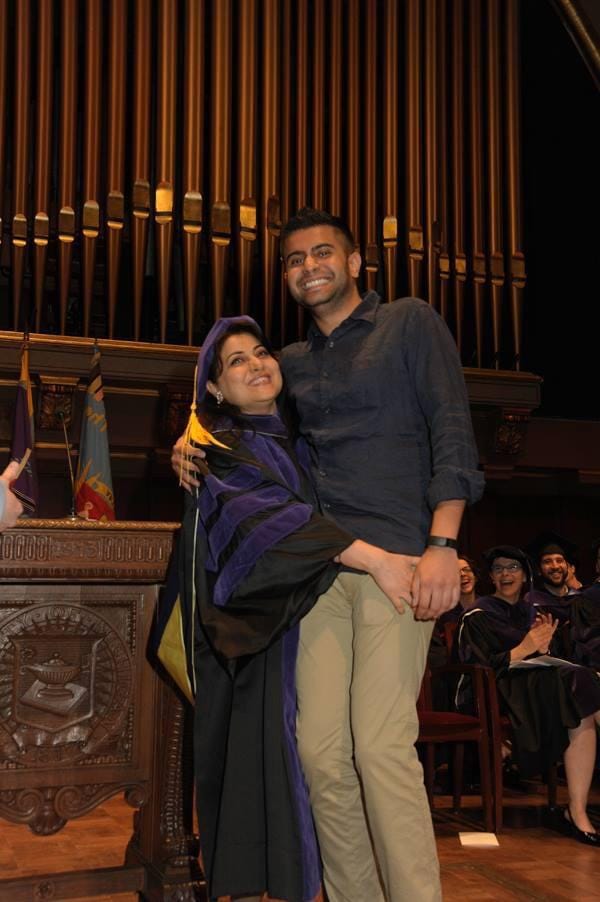
This trend reflects not just positively for India but also indicates the growth of its economy and the aspirations of its burgeoning middle and upper-middle classes. Consequently, there's a growing need for Indian public and private universities to raise their standards and attract international students from beyond the NRI community and Commonwealth nations. With India assuming the Chair of the G-20 under Prime Minister Narendra Modi's leadership, enhancing the country's "thought leadership" and promoting Indian values and philosophy internationally becomes both a logical step and a natural corollary of its global role. This will also help in earning valuable foreign exchange. For instance, Lovely Professional University in Jalandhar, Punjab, with its sprawling modern campus hosting 37,000 students, including 3,000 international students, sets an example for other Indian universities and colleges to emulate.
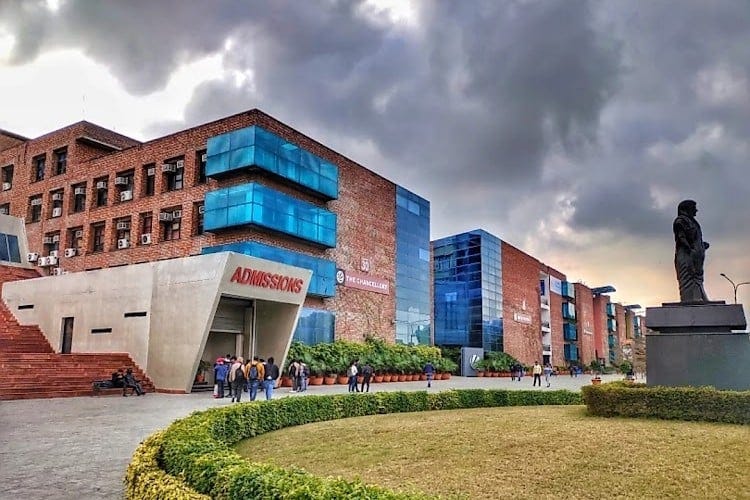
.
.




